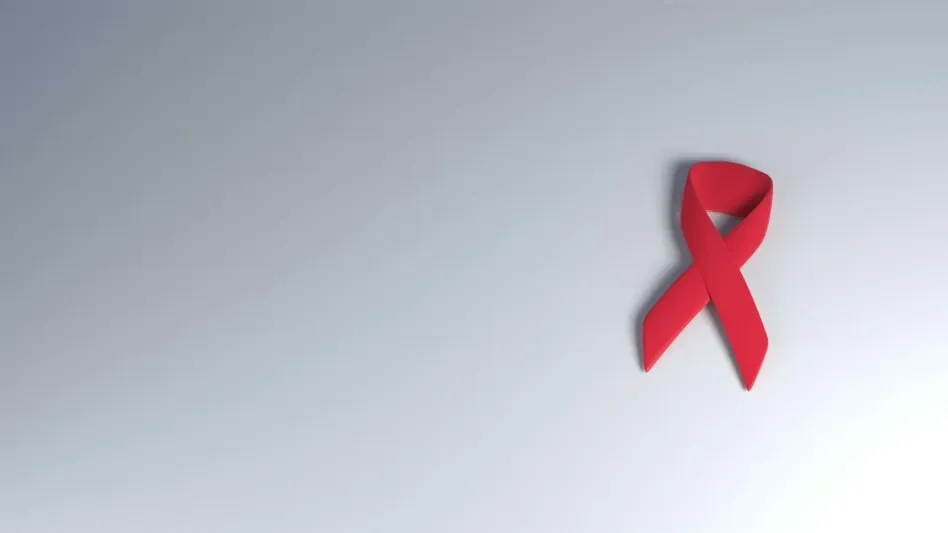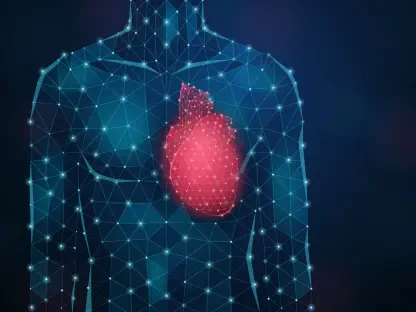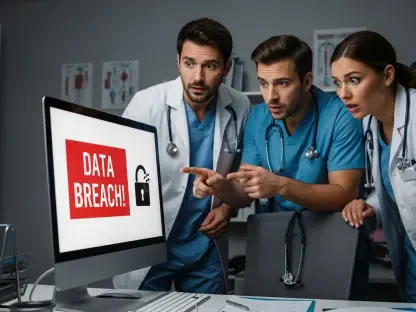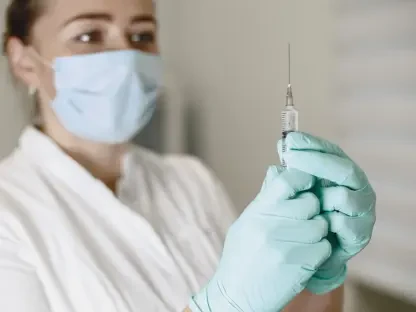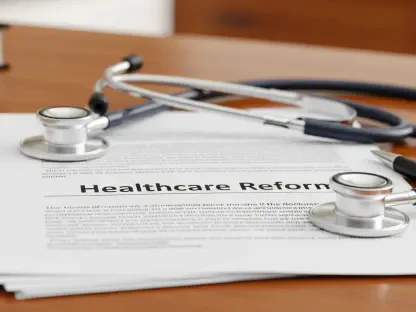In a recent development that has raised significant concerns among public health advocates, the Trump administration is contemplating the elimination of the Centers for Disease Control and Prevention (CDC) division responsible for HIV prevention. The proposal involves potentially shifting these critical responsibilities to another department within Health and Human Services (HHS). Despite being in the preliminary stages, this move has ignited fears that HIV prevention efforts could be deprioritized in favor of treating infections post-exposure. Experts argue that such a change could severely undermine current strategies aimed at reducing the incidence of HIV, which have proven effective during Trump’s first term.
Impact on HIV Prevention Strategy
Mitchell Warren, a prominent figure at AVAC, a global advocacy group dedicated to HIV prevention, has vocalized his apprehensions regarding the potential cuts. Warren underscores the irony of this proposal given the imminent FDA approval of lenacapavir, a promising injectable treatment for HIV. This development is seen as a significant milestone in HIV treatment and prevention. Advocates argue that shifting the CDC’s HIV prevention responsibilities to another department could compromise the specialized expertise crucial for implementing effective prevention initiatives. Warren emphasizes that such a transition could not only impact domestic efforts but also hamper international collaborations aimed at combating HIV.
This consideration has catalyzed efforts to mobilize Congress against the proposed policy change. Organizations like AIDS United have joined forces with lawmakers, including Rep. Maxine Waters, to seek clarity from HHS Secretary Robert F. Kennedy Jr. on the reported broad HIV funding cuts. Waters has formally requested detailed explanations about the potential reductions, stressing the need to sustain robust prevention and monitoring programs. Public health experts, including Adrian Shanker, share these concerns, highlighting the CDC’s division’s pivotal role in monitoring and devising strategic prevention measures at both community and state levels.
Consequences for Public Health
The bipartisan support for maintaining focused efforts on HIV prevention underscores the historical acknowledgment of its critical importance. Previous administrations have recognized the need for consistent and targeted approaches to control the HIV epidemic effectively. The consolidation effort suggested by the Trump administration ignites worries about systemic disruptions that could impair the overall public health response to HIV. Shanker’s perspectives lend weight to the argument that dismantling a specialized prevention unit would jeopardize meticulously developed strategies, which have demonstrated positive outcomes over time.
As the debate continues, stakeholders are left questioning the rationale behind the proposed shift. The CDC’s unique expertise in conducting prevention initiatives is seen as irreplaceable, with fears that transferring functions to another department might dilute these efforts. The timing of the proposal coincides with advances in treatment modalities but risks overlooking the critical importance of preventive measures. The disruption could negatively affect progress made in reducing HIV transmission rates, prompting advocates to call for a reconsideration of the plan.
Advocacy and Future Considerations
Mobilizing political and public support has become essential in opposing the Trump administration’s proposal. Advocates and organizations are coordinating efforts to emphasize the detrimental effects that eliminating the CDC HIV division could have on prevention initiatives. Rep. Maxine Waters’ proactive stance exemplifies the urgency in addressing these concerns. Waters’ call for detailed clarifications from HHS Secretary Kennedy aims to ensure transparency and accountability in decision-making processes that impact public health funding and strategic directions.
The overarching narrative reveals a collective recognition of the need to maintain specialized units within the CDC dedicated to prevention. Advocates argue that such divisions are integral to the success of national and international HIV prevention strategies. The collaboration between public health experts, congressional representatives, and advocacy organizations epitomizes the robust response to ensure continuity in combating the HIV epidemic. The consensus is clear: preserving the CDC’s prevention focus is paramount for sustained progress in reducing HIV incidence rates.
Urgent Advocacy Actions
In a recent development that has raised significant concerns among public health advocates, the Trump administration is contemplating a reduction or complete elimination of the CDC division responsible for HIV prevention. This proposal involves possibly transferring these important duties to another division within the Health and Human Services (HHS). Although still in the preliminary stages, this move has sparked fears that efforts to prevent HIV could be de-emphasized in favor of treating infections after exposure. Critics argue that such a change could severely damage current strategies aimed at reducing HIV incidence, which have been effective during Trump’s first term. Experts also warn that shifting HIV prevention responsibilities could destabilize the progress made over the past few years, potentially jeopardizing valuable public health initiatives that are crucial in combating the spread of HIV. Maintaining a focus on prevention rather than merely treatment is essential for continuing success in public health.
